There can be your advertisement
300x150
Light Is Never Too Much
Light has always had and will continue to have an important role in our lives. Several centuries have passed since people stopped using live fire to illuminate their homes.
Now everything is much simpler, but significantly more interesting.
Electricity occupies an inseparable place in our lives. Its invention and application not only simplified our existence, but also made it interesting and diverse.
The History of Light Development: From Torches to Modern Times
The history of the development of lighting devices is constantly evolving, from the light source itself to associated structural elements and optical devices. Lighting appliances have always organically integrated into various human activities. They have paved a long and rugged path of transformation from torches or rushlights (candles) and signal towers with bonfires to today's modern powerful devices.
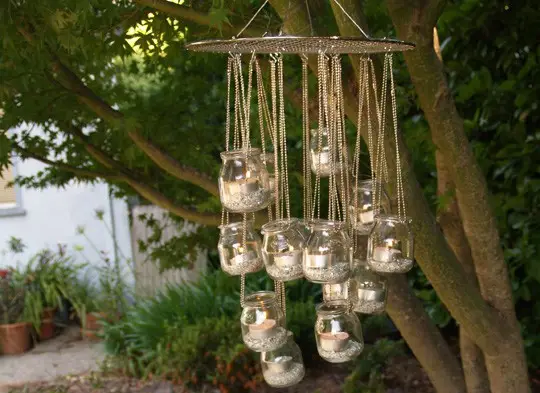
A very significant period in development was when paraffin wax stearin candles were used (14th-19th centuries). These lighters were combined into multi-candle fixtures for significant illumination of large spaces. Everything would be fine, but placing candles at a certain distance from each other forced people to look for elements that would enhance the light direction and fill the luminaires. These elements were details such as crystal pendants or beads, mirror inserts, and reflective caps. Such devices emerged, which in some cases provided greater diffusion of candle light, while in others amplified it. You can recreate this at home or in your yard today. All you need are candles and empty bottles. And now you find yourself, at least, several centuries back in the past.
For apartments, you can use regular incandescent bulbs instead of candles (for safety and convenience).
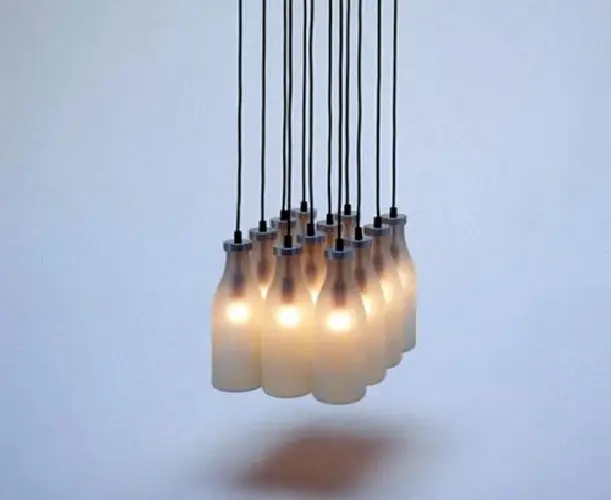
For near-action devices, such as kerosene or gas lamps, protective devices for eyes from the bright light of burners with a blinding effect were needed. Among such devices were various shades made from diffusing glass, lampshades, and so on. In the late 19th century and early 20th century, electric light sources began to appear. The first ones were in the form of electric candles, followed by incandescent lamps and various types of discharge lamps, including fluorescent lamps. The use of electricity brought about a revolution in lighting and fundamentally changed lighting devices. Modern light fixtures must meet not only phototechnical requirements and fire safety standards, but also be reliable, easy to install and maintain, and correspond to good design.
A lamp is a device that captures and redistributes the light beam using optical components. These devices are designed for lighting nearby objects. Research has shown that the typical distance to such objects is no more than thirty times the size of the lamp.
The role of lighting appliances is evident from the fact that in our country, several million units are produced annually.
Placing Lamps in Interior Design
If the principle of lamp placement in interior design is correctly identified, their scale (relative to the room), and artistic form enrich the interior. This manifests in corrections that include: the formed area of light, the impression created by the appearance of the lamp itself and its material. Since the lamp bodies and the light they cast create an accent in the places where they are located, placement of such devices is especially important for interior design. It is usually the light spot from the lamp that determines how it looks in the room. Evidence of this are small night lights, which create a soft diffused glow that adds mystery and intimacy.
For example, if you make a nightlight from old photographic film and place it in your room, you will see how your space transforms in the evening. Such a nightlight awakens not only nostalgic but also romantic feelings.

Grouping lamps is also a factor in changing the appearance. If there are several groups of lamps in a room, they add diversity to its space and give the room a distinct color – solemnity and comfort. For example, if you place small homemade lamps throughout the room or apartment and turn them all on in the evening, you will see how amazing it is.
Do not be afraid to experiment with lighting in your apartment and believe it is not necessary to install a complex wiring system; you can recall the past and rely on the help of old reliable candles.

More articles:
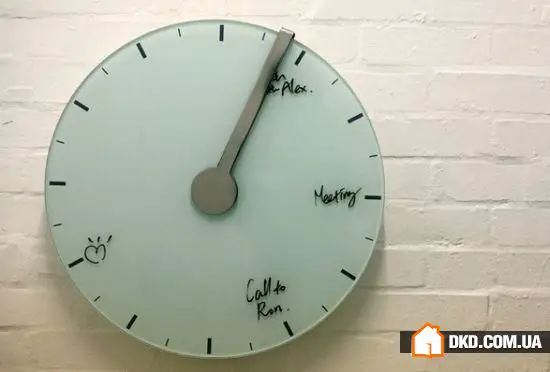 Wall Clocks – Decorative or Wall Clocks?
Wall Clocks – Decorative or Wall Clocks? Concept defining the minimalist style
Concept defining the minimalist style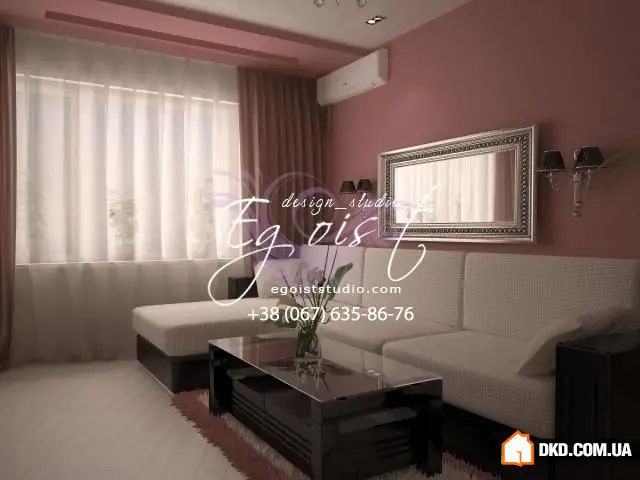 Constructivism Today
Constructivism Today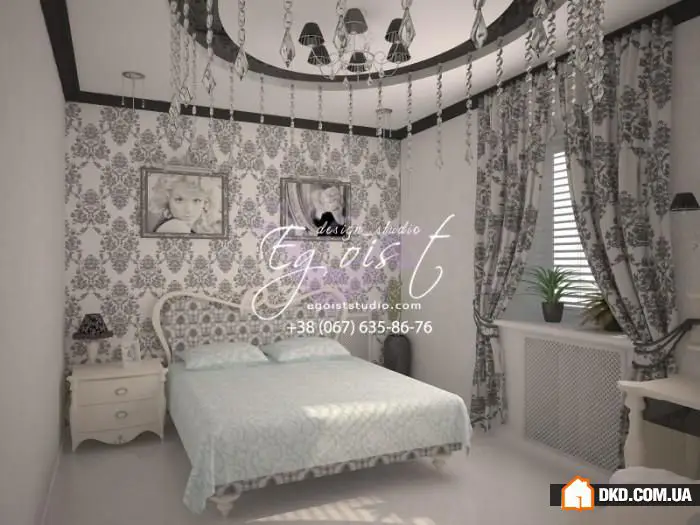 Room in Art Deco Style for a True Lady
Room in Art Deco Style for a True Lady Classic Style. Cozy Apartment
Classic Style. Cozy Apartment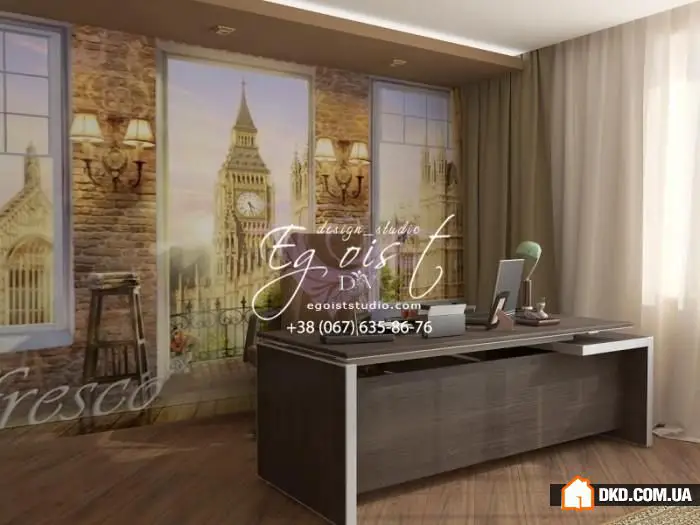 Cottage 200 sq. m. for the whole family. There's a corner for everyone
Cottage 200 sq. m. for the whole family. There's a corner for everyone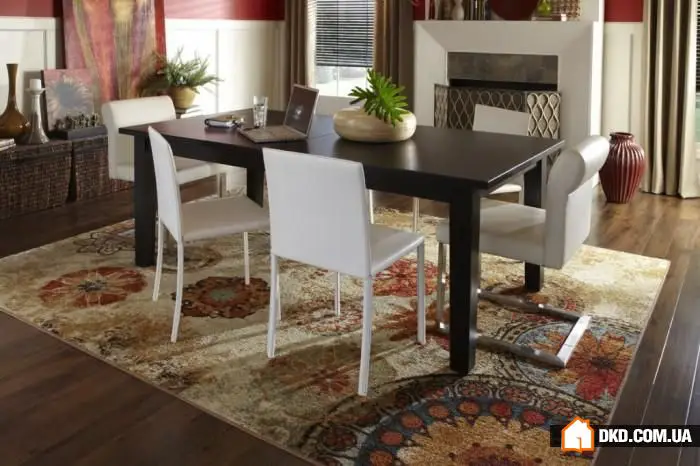 How to Choose the Perfect Rug for Your Living Space
How to Choose the Perfect Rug for Your Living Space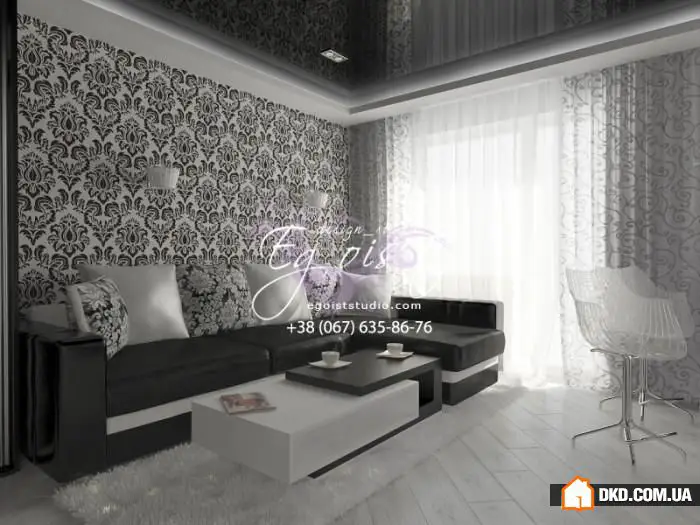 Studio Apartment, 42 Square Meters
Studio Apartment, 42 Square Meters